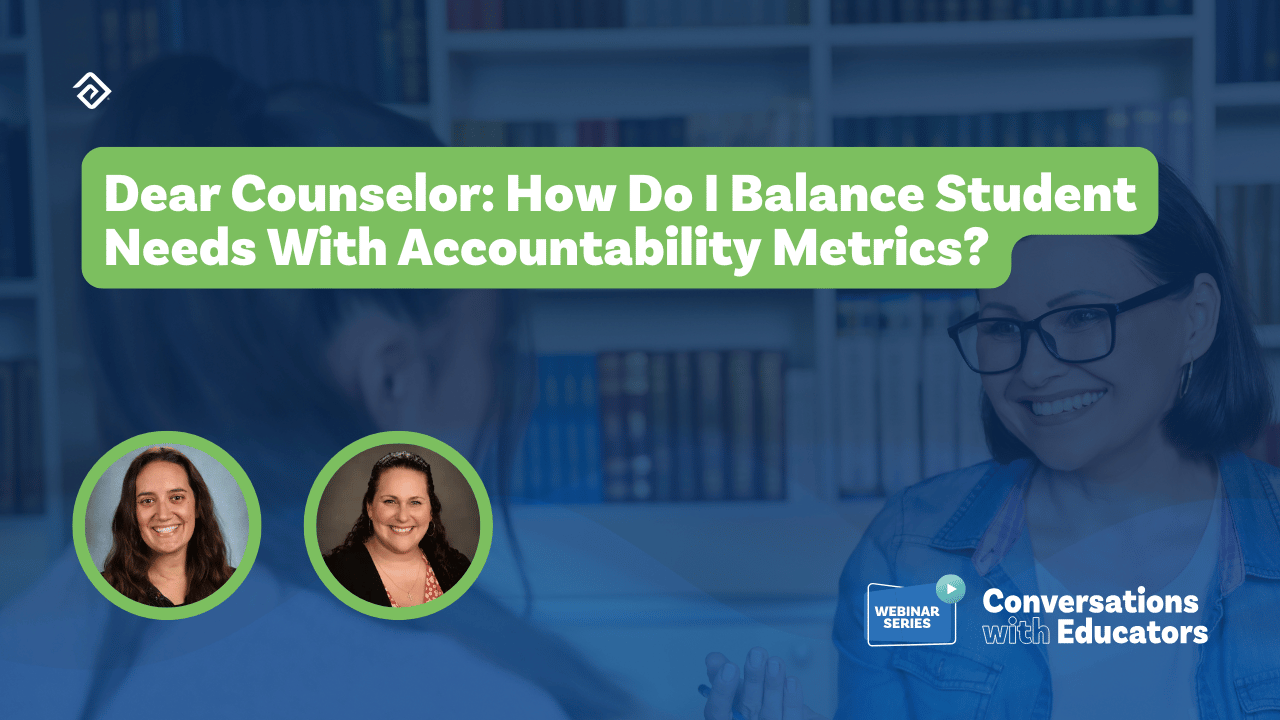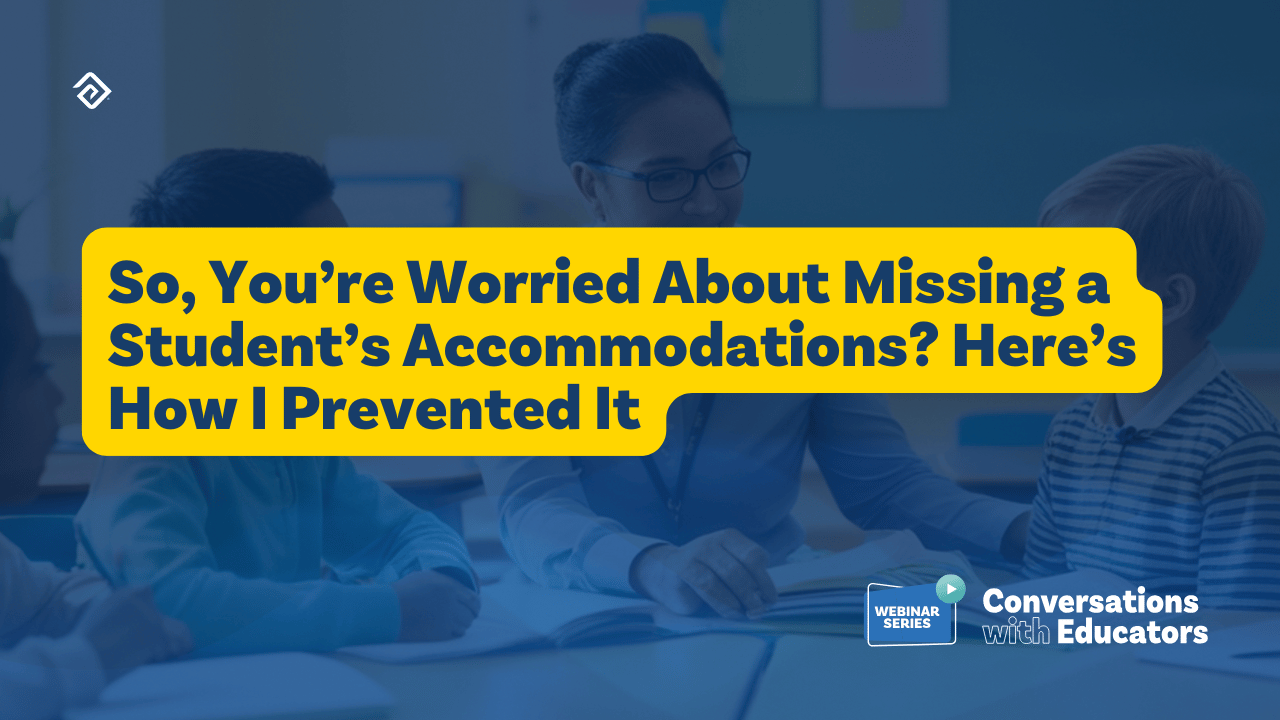Classroom Walkthrough Template: Everything You Should Know

A classroom walkthrough template is a form school administrators fill out during or immediately after a classroom walkthrough. They use it to track classroom observations during visits in order to document feedback and evidence in a simple, concise, and near-automatic way. Classroom walkthroughs should:
- Be brief and informal;
- Involve school administrators and teachers;
- Provide a high-level snapshot of instructional and curricular classroom activities;
- Represent a reasonably small percentage of a formal teacher evaluation process;
- Be focused on identifying gaps in the teaching and student learning process;
- Provide constructive feedback to teachers to allow them to improve their practice;
- Have their ultimate goal as improving student outcomes.
Classroom walkthrough templates must encompass all these elements to be effective and build a cycle centered on self-reflection for continuous improvement and professional growth. They also allow school administrators to connect with students and help them give proper feedback to their teachers.
Benefits of Classroom Walkthrough Form Templates
Classroom walkthrough form templates offer two distinct advantages over other alternatives. First, the form fields can be used to organize specific data types without reviewing this information later to re-organize it.
For instance, if the values in a specific form column are all the same type, they can be analyzed quantitatively, such as "percentage of students participating in group work” or “essential question posted (yes/no).”

If the values in a specific column relate to the same focus area, they can be analyzed qualitatively, such as creating separate word clouds for questions posed by the teacher and student comments.
The fact that data can be organized upfront at the point of collection makes analysis easier, especially when conducting many walkthroughs across different classrooms.
The second major advantage of classroom walkthrough form templates is that they ensure the administrator’s attention remains focused on specific issues. Learning environments are dynamic and complex. With so many moving parts, identifying what to focus on and document during a walkthrough can be difficult.
Rather than get overwhelmed with a monumental amount of information, classroom walkthrough templates condense this information into smaller, more manageable bits to ensure only critical data is captured.
The key focus areas of the classroom walkthrough must be decided ahead of time when designing the template. The idea is to avoid an excessively long form with several fields to capture every observable event in the classroom. Templates with a dozen or more fields are hard to use and have proven less effective than shorter templates with a handful of focus areas.
When Is a Classroom Walkthrough Template the Appropriate Tool for School Administrators?
Classroom walkthrough templates are ideal in the following scenarios:
1. When Structured Data Is Required
Walkthrough forms generate structured data that’s easier to analyze than other data collection forms. They are especially useful for school administrators who need to gather large quantities of data in their schools.
When designing the template, it's important to first identify the required information and how it will be implemented. For instance, administrators collecting student engagement data must define what "engagement" (or the lack thereof) looks like.
2. When Working With Untrained Observers
Working with a template reduces the need for school administrators to rely on experts to collect classroom data on a broad scale. Hourly staff, volunteers, graduate students, or any others who don’t have institutional leadership training and experience can work directly with teaching staff when conducting classroom walkthroughs to collect the required data.
Third-party observers can be deployed in classroom settings in the following scenarios:
- When school administrators are busy;
- If administrators have reason to believe that teachers change their conduct when a school administrator is in the room with them;
- When staff feel compelled to display what they believe school administrators want to see in their teaching practice.
This approach allows administrators to maintain their supervisory roles when interacting with teachers, therefore minimizing the pressure on staff to paint a picture of perfection.
3. When Nuance or Context Isn’t Required
Classroom walkthrough templates ensure that data collection is standardized across the board. Recording individual nuances across different classrooms makes it hard to compare data, making it difficult to capture concepts like "Rigor” on a form. That said, the data collected doesn’t all need to be quantitative. It does, however, need to be well-defined and specific.

4. When Only the Visit Needs to Be Documented
Forms are a simple and concise medium of tracking classroom walkthroughs when no specific form of feedback or supporting evidence is required. For instance, if only the dates, visits to the classrooms, and teachers’ names need to be documented in the form submissions, a classroom walkthrough template would be appropriate for such activities.
The template may adopt a simple layout with elements like a drop-down menu, multiple-choice selection options, and a text field. It can be as detailed or simple as required, depending on the goal of the walkthrough.
5. When the Walkthrough Isn’t Intended as Teacher Feedback
Walkthrough template forms are a great data collection tool to use when teacher feedback isn’t required. For instance, the goal of a classroom walkthrough might be to track the implementation of certain district-level initiatives in the school. In such cases, the outcome of this exercise is not intended to provide teachers with feedback.
If feedback is required, a handwritten note, regular email, or observation notes can be sent to the teacher instead of sharing the walkthrough form submissions with them. A one-to-one conversation is an equally viable alternative.
6. When Administrators Are Interested in Only a Few Teacher Practice Domains
Classroom walkthrough templates should focus only on the areas of teaching practice that are not ambiguous. Ambiguous areas are those hidden elements of teacher practice (such as Planning and Preparation) that require school administrators to have conversations with staff to gain the information they need.
Examples of unambiguous questions that can be used on walkthrough template forms include:
- How many students does the teacher call on by gender?
- Is technology being implemented during learning?
- Has the learning target been displayed on the board?
7. When Specific Data Is Being Sought
A classroom walkthrough template form is appropriate for school administrators when collecting specific data. It tunes out distractions, making it possible to narrow the focus of the walkthrough to the areas specified on the template.
For instance, if the walkthrough form focuses on student engagement and the administrator finds students quietly working on their assignments during class, filling out the form based on that criteria would not be productive for all involved.
A better approach would be for the administrator to assess the learning environment and decide on the specific criteria to focus on at that moment.

Sample Classroom Walkthrough Template Downloads
- Classroom walkthrough checklist
- Classroom walkthrough form for school administrators
- Classroom walkthrough template form
- Classroom walkthrough checklist
- Classroom observation checklist
Final Thoughts
The ultimate goal of classroom walkthrough templates is to spark reflective dialogue between teachers and school administrators using relevant, highly-quality data obtained during a walkthrough. The data should enable teachers to introspect and nurture their teaching practice for better student outcomes.
If you’re looking for an efficient way to document every step of the staff evaluation process, including self-evaluations, walkthroughs, reporting, supporting evidence, and performance analytics, Evaluation from Education Advanced can help you do just that.
Request a demo today to see it in action.
If your school is interested in new ways to improve the learning experience for children, you may also be interested in automating tasks and streamlining processes so that your teachers have more time to teach. Education Advanced offers a large suite of tools that may be able to help. For example, three of our most popular and effective tools are:
- TestHound, our test accommodation software, helps schools coordinate thousands of students across all state and local K-12 school assessments while taking into account dozens of accommodations (reading disabilities, physical disabilities, translations, etc.) for students.
- Pathways, our college and career readiness software, helps administrators and counselors create, track, and analyze graduation pathways to ensure secondary students are on track to graduate.
- Evaluation, our teacher evaluation software, which documents every step of the staff evaluation process, including walk-throughs, self-evaluations, supporting evidence, reporting, and performance analytics.
More Great Content
We know you'll love





